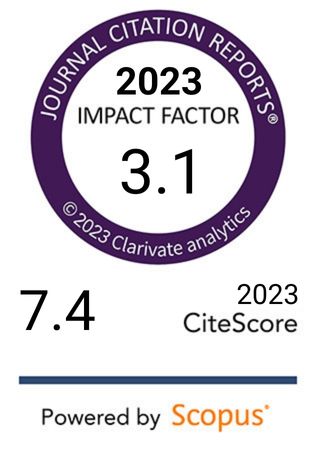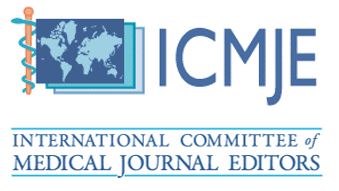Is SARS-CoV-2 facing constraints in its adaptive evolution?
DOI:
https://doi.org/10.17305/bb.2025.12537Keywords:
SARS-CoV-2, COVID-19, evolution, mutation, Muller’s ratchetAbstract
The ultimate measure of viral fitness is the ability to maintain high prevalence within its host species. Effective transmission, efficient replication, and rapid immune evasion all contribute to this outcome. Over the past five years, SARS-CoV-2 has successfully adapted to humans, establishing long-term reservoirs and enabling sustained coexistence with the human population. We have observed innovative, synergistic mutations in the spike (S) protein that enhance receptor binding. Adaptation to the upper respiratory tract has shortened the incubation period, thereby facilitating viral spread. These improvements have also enabled immune escape mutations, even when such changes compromise replicative fitness. Adaptive mutations have driven intermittent selective sweeps by dominant variants. However, there are limits to functional enhancement. The receptor binding affinity of the S protein appears to have peaked between 2022 and 2023. The accumulation of fixed mutations plateaued following the emergence of BA.2.86/JN.1 around late 2023 and early 2024. Purifying selection has been the dominant evolutionary force acting on nonsynonymous mutations in the Omicron lineage, and the overall fitness impact of missense mutations in key viral proteins has declined. Additionally, due to weak selection pressure on synonymous mutations, the codon adaptation index in humans has been decreasing among Omicron subvariants. As a result, Omicron lineages have replicated less efficiently in cell cultures compared to the original virus, and recent variants show further attenuation in animal models. In the human population, this attenuation is reflected in declining COVID-19-related mortality, despite persistently high infection rates.
Citations
Downloads

Downloads
Published
License
Copyright (c) 2025 Yingguang Liu

This work is licensed under a Creative Commons Attribution 4.0 International License.









